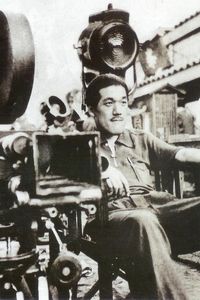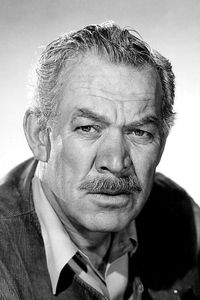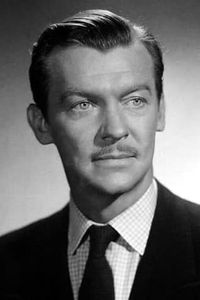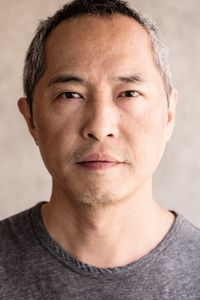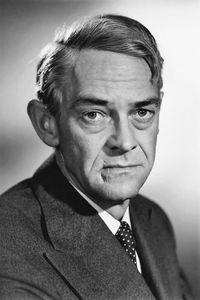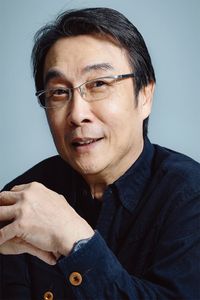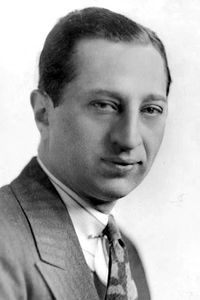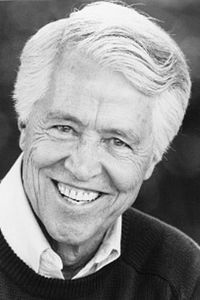Sadao Yamanaka, a Japanese film director and screenwriter, was born on November 7, 1909, and passed away on September 17, 1938. He began his career in the Japanese film industry at the age of 20 as a writer and assistant director for the Makino company.
In 1932, Yamanaka started working for Kanjuro Productions, a small, independent film company centered around popular jidaigeki film star Kanjuro Arashi. Here, he began directing his first films, all of which were jidaigeki, and made six films during his first year.
Yamanaka gained recognition for creating films that escaped clichés and focused on social injustices, and was "discovered" by critic Matsuo Kishi. He was known for blurring the lines between genres, focusing on average people, and had a style that favored elegance and rhythm.
During the 1930s, Yamanaka worked for several film companies, eventually settling in Kyoto and working for the Nikkatsu Company. Most of his films were silent, as sound did not gain prominence in Japan until 1935-36.
Yamanaka worked with the Japanese theatre troupe Zenshin-za on two occasions, first on The Village Tattooed Man in 1935 and on his final film, Humanity and Paper Balloons. He died of dysentery in Manchuria after being drafted into the Imperial Japanese Army.
Yamanaka is the uncle of Japanese film director Tai Kato, who wrote a book about him, Eiga kantoku Yamanaka Sadao. Only three of his films survive in nearly complete form, and he is considered one of the primary figures in the development of the jidaigeki, or historical film.
